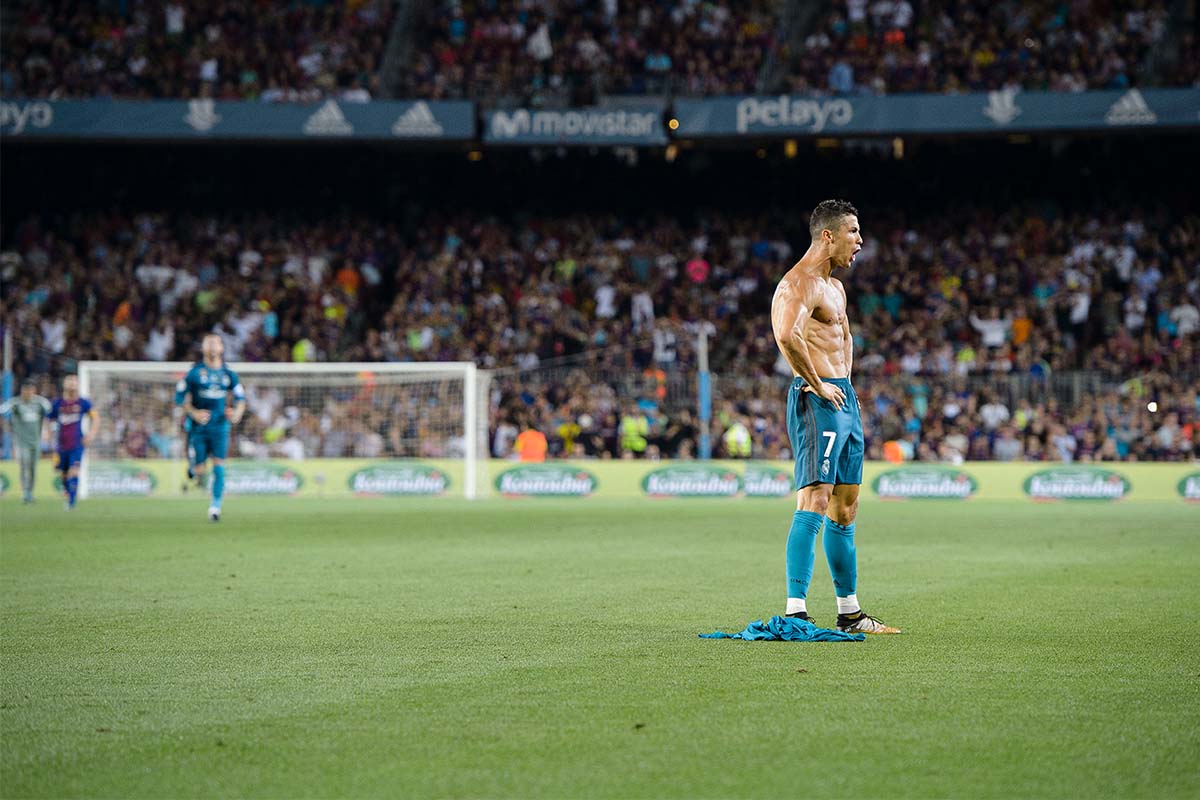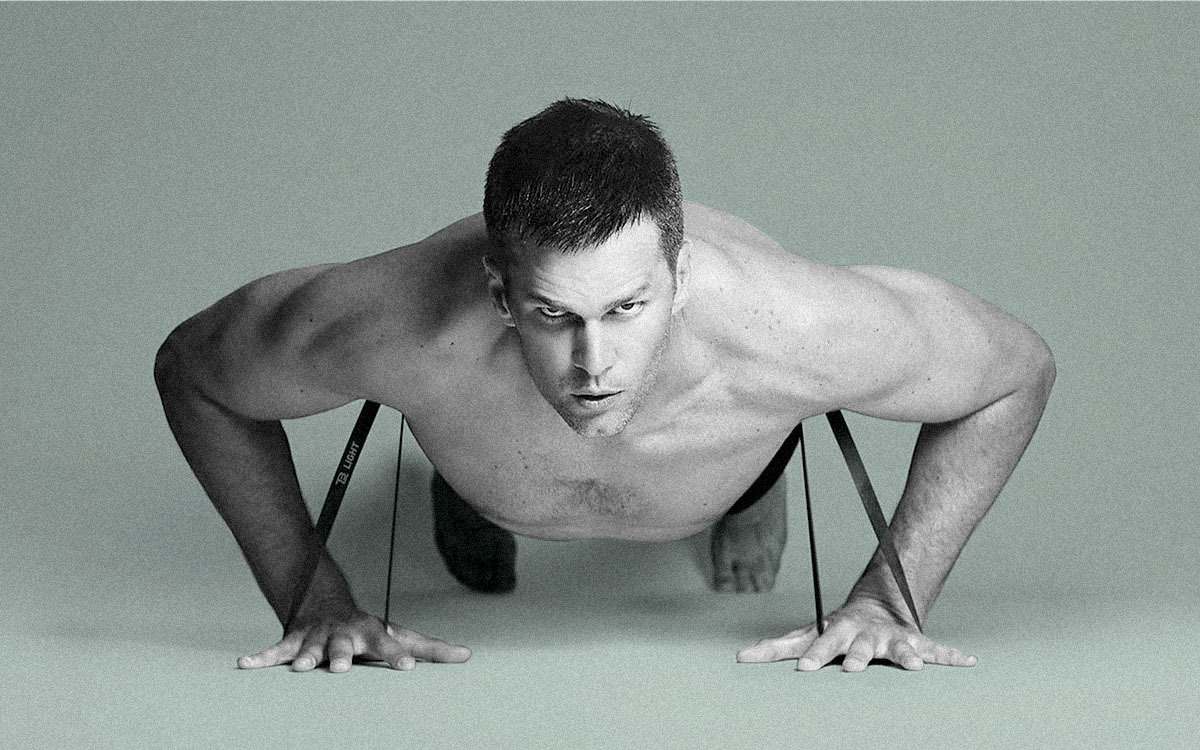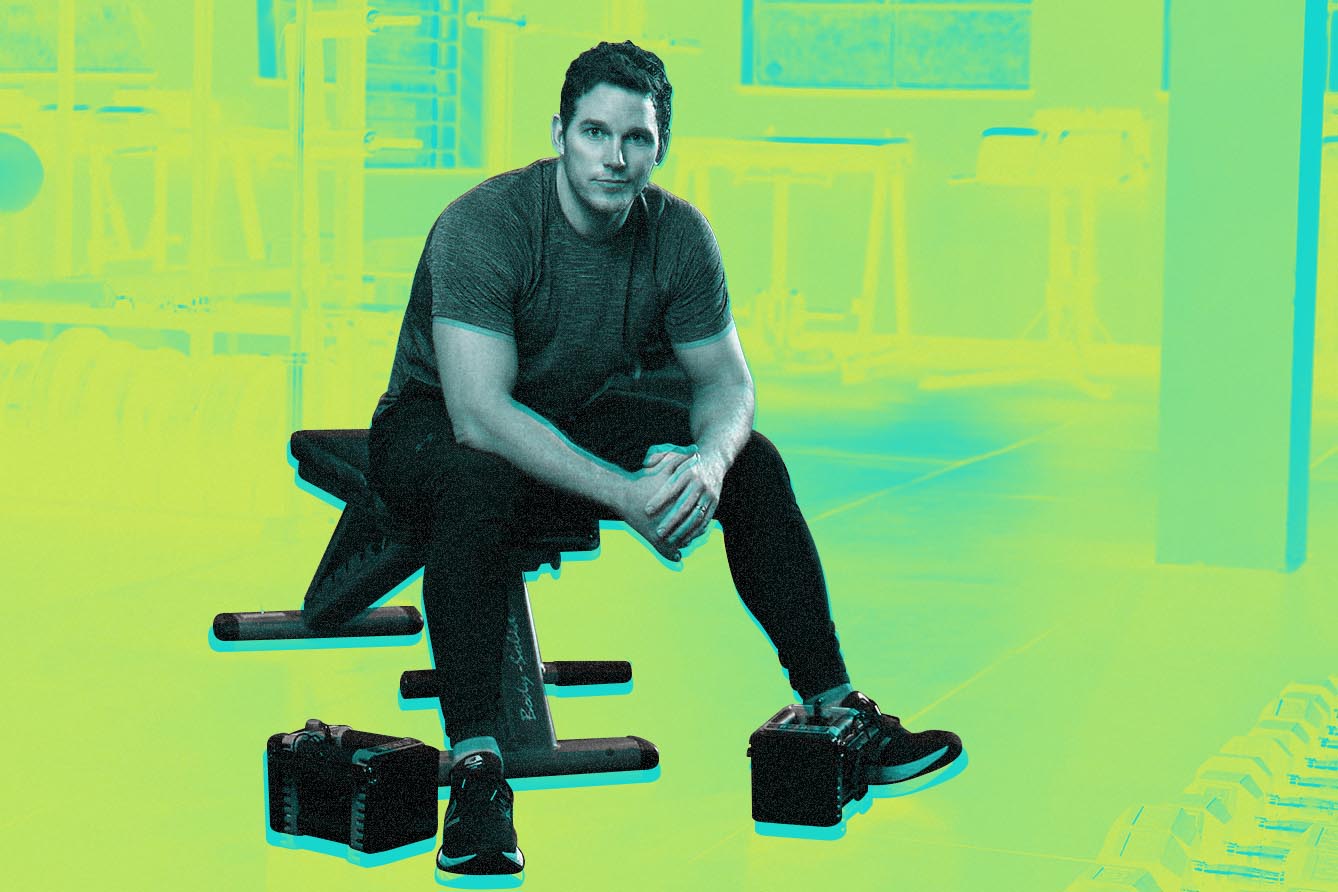Cristiano Ronaldo has a lot of things.
Like: five Ballon d’Or awards (an annual prize for the best footballer in the world), 99 international goals (second-most all-time), 748 career goals (fourth most) and a net worth of one billion dollars. He’s the first footballer to reach that status, and only the third athlete, after Floyd Mayweather and Tiger Woods.
The one thing the Portuguese superstar has more of, though, than any other individual in the history of the world, is Instagram followers. And it isn’t even close. As of the publication of this piece, Ronaldo has 229 million followers. He reached 200 million only seven months ago, so 300 million seems like a reasonable bet down the line. The only account ahead of him is Instagram itself (which has levied its home-court advantage to the tune of 356 million followers). Trailing those top two slots are some predictable faces: Ariana Grande (193m), The Rock (188m), Kylie Jenner (184m) and Selena Gomez (182m).
Now 35 years old, Ronaldo is as relevant as ever. Not unlike LeBron James, he’s still putting up gaudy numbers that defy his age. He has 30 goals during his second season with Juventus, who lead Italy’s top division, Serie A, by seven points. But his influence has long transcended football. Which is to say: for so many across the world, he’s as much a towering, center-of-Times-Square Armani advertisement as he is a dominant, disciplined athlete. He’s the man lying on the yacht off the coast Capri with a supermodel. He’s been that for a while, and for many who feel casual, or clueless, about international football, it takes considerably less effort to imagine Cristiano Ronaldo in his underwear than in a full kit. Most days, the man is literally in his own underwear: he has a line called CR7.
For some, Ronaldo’s body-by-Michelangelo physique is an inspiration. For others, it triggers intense envy, an invitation to comment on the man’s perceived arrogance. But in the social-media era, it doesn’t really matter. A follow is a follow, Ronaldo has a ton of them, and he has wielded his muscles, particularly his abs — the male equivalent to Jennifer Lopez’s famously insured derriere — to amplify his celebrity and augment his earnings. According to Forbes data from earlier this year, Ronaldo earns $1 million per paid Instagram post. He’s behind only Kylie Jenner in that department ($1.2m), and actually makes more from the Facebook-owned platform than he does by playing for Juventus. Ronaldo rakes in roughly $48 million per year by posting photos and pre-approved copy to Instagram.
It’s an astonishing number, but ultimately … who cares, right? It would almost be disappointing if he weren’t able to effectively monetize that sort of outreach. That said, it’s increasingly clear that Ronaldo (and those in in his inner circle, who presumably make many of these decisions) have little desire to vet the quality or claims of products he is endorsing. The most recent, obvious example of this came in mid-May, when Ronaldo posted a photo of him wearing devices from SIXPAD, a Japanese company that specializes in “EMS training gear.”
Captained by Toshio Moritani, a Kyoto University Professor Emeritus, SIXPAD is a tech firm valued at $2.3 billion that brought in nearly $400 million in revenue last year. The company sells a variety of “belts” that affix to body parts — specifically the abs, biceps and butt — and connect to an app, from which you can facilitate (and modulate the intensity of) a series of involuntary, electrical stimulations. According to SIXPAD, this electricity will compel muscles to contract and release at a legitimate, muscle-building level over a relatively short period of time. The end goal, and the justification for the steep price point — the belts range in cost from $120 to $440 — is the development of larger, more explosive muscles, with “fast twitch” fibers.
It’s important to note: the issue isn’t that anything here isn’t real. Ronaldo has a cut core, electrical muscle stimulation has been used for a while, and consistent, concerted muscular contractions (think anaerobic bursts in powerlifting, HIIT and high-octane track workouts) will help build fast-twitch muscle fibers. But the way in which SIXPAD has cherry-picked all these concepts and leveraged them into a global business — they recently opened a flagship store in West London — deserves closer scrutiny, especially when Ronaldo is posting ads that can reach the eyeballs of hundreds of millions of people.
SIXPAD’s brand language and imaging is strongly implying, without explicitly saying, that their products are here to save you from working out. In their “How It Works” section, the company writes the following: “Fast-twitch muscle is relatively easy to build with consistent training, and it characteristically leads to a toned body. However, to activate these muscles one would need to train at a load heavy enough to become out of breath, and therefore requires hard training.” On a product page, meanwhile, there is a photo of a man wearing pajamas in bed, reading a book. The sensor is attached to his belly.
The messaging is clear: SIXPAD offers a fitness panacea, a Get Out of Gym Free card. Why, after all, force yourself to get “out of breath” with “hard training” when you can lounge in bed and activate your muscle fibers with lifting a finger — let alone a medicine ball? It’s right there in the name, too. “SIXPAD” claims to have a cheat code for the most vulnerable and volatile of muscle groups, the pesky six-pack, an aesthetic aspiration that many deem not worth it after spending two Fridays without pizza. And in some ways, it’s that central focus that is the first and final clue on what this company is all about. Reducing a customer’s fitness down to the definition of a Men’s Health cover photographer’s favorite muscle groups, and encouraging them to equate self-confidence with size and definition — rather than how an exercise feels, or how it feels to sweat and improve — is old-school, reductive quackery dressed up with 2020 investment money.
This isn’t to say that electrical muscle stimulation can’t be effective. But the brands making millions on these systems need to be more upfront on the difference between stymying atrophy (muscle loss) and catalyzing hypertrophy (muscle gain). An effective EMS procedure can help with the former, but will struggle with the latter. That’s because involuntary muscle contraction is historically used to prevent pain and inflammation. It makes sure that blood gets to worn-out areas that need it, without you having to do more exercise. As C. Shanté Cofield, D.P.T. explained to Runner’s World earlier this year, imagine having to do calf-raises after a long 20-mile run during marathon training. EMS would allow the runner to keep those muscles engaged, but save them from more work. For athletes coming back from injury, too, EMS is a way to coax effort from muscles without forcing a recovering body to squat a bar or jump onto a box.
The stinted spasms that result from EMS, though, shouldn’t be confused with real training. They provide a short distraction for the muscles, which is why rehabbing or injured athletes like it: it can replace the sensation of pain with a passive pump for a half-hour or so. That does not make it a suitable or sustainable replacement to dedicated resistance work. As Dr. Theo Bampouras, a lecturer in biomechanics and sports science at Lancaster University, told The Daily Mail: “SIXPAD will not improve hypertrophy. If you’re a recreational athlete with no injuries, and don’t need rehab. It’s probably not worth your money.” In other words, if you want to look like Ronaldo, you need to train and diet like Ronaldo, not augment his Instagram conversion rate. He actually posted a workout video in May of this year that features six minutes of lunges, jumps and mat work. If you want his abs, this is literally how you get them.
Some studies have indicated that SIXPAD’s belts can help in a quest to build bigger abs, but they’re not going to accomplish much if used without regular exercise and a balanced diet. And of those two, the latter is more important. That 80/20 “Abs are made in the kitchen” is one of those clichés that also has the virtue of being true. Unless you’re working with an otherworldly caloric deficit, abs won’t grow more toned or firm on the average Western Hemisphere diet of meat and potatoes. Still, it seems unnecessary, if you’re solely intent on strengthening your core — and, again, an indiscriminate focus on full-body fitness is considered a healthier, more holistic approach these days — to even bother with an EMS set. A number of chiropractors hold personal grudges against those beeping, posture-correcting devices, which bypass the cerebellum’s natural response system and send unnatural stimulus to remind you to sit up straight. The SIXPAD is a similar idea. It directly disrupts the mind-muscle connection, which is a process of listening to your body, implicitly understanding what it needs to grow stronger, and perfecting the mechanics to get there.
Not to mention, when a brand like SIXPAD is legitimized, it normalizes the inevitable copycats touting similar yet even-less-reliable versions of its products. Look to PremFit, for example, which has decided to pay a cabal of low-level influencers (getting cut from Love Island casting seems like a prerequisite) to post thirst-trap photos of them electrocuting their own rumps while cooking dinner. No matter that this technology is not regulated by the FDA, or that improper application of EMS gear can cause burns and bruising. It’s hard to imagine anyone posting how much they love the pads using it for a second or third time — these people depend on their bodies for a living, they have to be careful — but if you’re at home on the couch, and feeling low and out of shape and desperate, seeing a beautiful person’s endorsement might be all you need. It’s a true shame. Because $440 could easily go to home workout equipment, or new running shoes and gear, or private training sessions down the line.
Ronaldo can endorse whatever he wants. He clearly doesn’t need us to tell him that; here’s a wild commercial where the footballer demonstrates another Japanese “fitness product”: the Pao Facial. It’s basically a mouthguard attached to an Aerobar, and is meant to strengthen the muscles in your face and improve your smile. Yeah. Ronaldo also routinely posts ads for the likes of eCampus (Italy’s biggest online school), Insparya (a hair transplant office) and Nike Football (self-explanatory). The onus is just on us now — as followers, as consumers, as people trying to get in shape or stay in shape — to remember that for Ronaldo, this very contemporary transaction is about as seductive and easy as money can get. If anyone’s going to do any homework on the products the average celebrity endorses on social media, it’ll have to be you. Rest assured that they’re far too busy putting in the real work — in the gym — to be sitting on the couch scrolling Instagram while an ab belt dutifully paddles away at their midsections.
Whether you’re looking to get into shape, or just get out of a funk, The Charge has got you covered. Sign up for our new wellness newsletter today.























